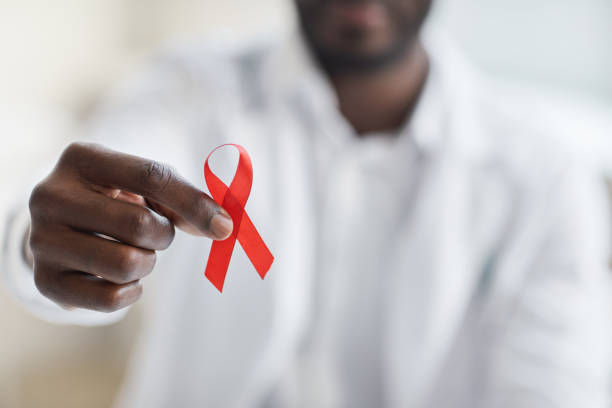
Starting HIV treatment can bring a mix of hope and uncertainty. While these medications are essential for managing the virus and maintaining your health, they can also come with side effects. Understanding how to manage these side effects is crucial for your well-being and quality of life.
Whether you’re dealing with fatigue, nausea, or more serious concerns like high cholesterol or liver disease, we’ll provide practical tips to navigate these challenges with confidence.
The most common side effects you may experience when starting your HIV treatment include:
- Fatigue: Schedule extra rest and avoid strenuous workouts.
- Nausea: Eat smaller meals and avoid spicy foods.
- Diarrhea: Stay hydrated and avoid spicy dishes.
- Rash: Use unscented body products and wear soft, natural-fiber clothing.
Natural Remedies for Overcoming Side Effects
In addition to the tips above, you can try the following natural remedies to help alleviate side effects:
Fatigue: Ginseng supplements or green tea may help boost energy levels. Also, ensure you’re getting enough sleep and practice stress-reducing activities like yoga or meditation.
Nausea: Ginger has been shown to be effective in reducing nausea. You can try ginger tea or ginger candies. Peppermint tea or aromatherapy with peppermint oil may also help ease nausea.
Diarrhea: Probiotics, found in yogurt or supplements, can help restore the balance of good bacteria in your gut. Eating bland foods like bananas, rice, applesauce, and toast (BRAT diet) may also help firm up stools.
Rash: Aloe vera gel can soothe irritated skin. Apply a thin layer to the affected area. Oatmeal baths may also help reduce itching and inflammation.
Long-Term Side Effects of HIV Treatment
Since researchers have been collecting data on HIV/AIDS only for about 40 years, there are uncertainties about whether long-term side effects are due to antiretroviral therapy (ART) or the virus itself, Everyday Health notes. Regardless, these side effects can include:
The Latest In HIV Learning Center
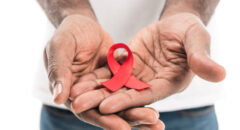
Living with HIV: 6 Unexpected Challenges Black Patients Face

7 Ways to Prevent HIV From Progressing to AIDS

Everything You Should Know About HIV Treatment
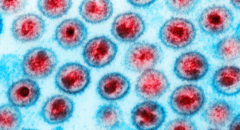
Scientists Discover New HIV Strain In 20 Years
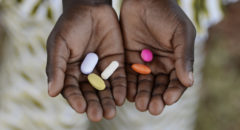
Improving The Lives Of HIV Patients
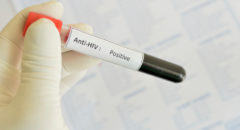
The HIV Test: Basic Facts You Need To Know
Footer
Where Wellness & Culture Connect
BDO is the world’s largest and most comprehensive online health resource specifically targeted to African Americans. BDO understands that the uniqueness of Black culture - our heritage and our traditions - plays a role in our health. BDO gives you access to innovative new approaches to the health information you need in everyday language so you can break through the disparities, gain control and live your life to its fullest.
Copyright © 2024, BlackDoctor, Inc. All rights reserved.
